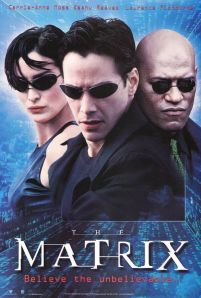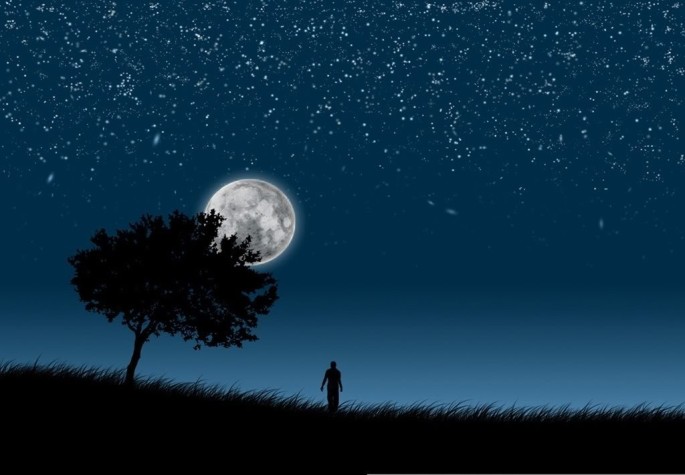As my summer of discontent continues, I’ve been thinking a lot about the teacher/student relationship. What I found was that this connection changes and deepens as bhakti develops for the student.
The guru/disciple relationship remains a foreign concept to Westerners, who consider it to be suspicious or just downright scary. I’ve written about gurus on this blog before – The Idea of Guru – suggesting that a true teacher is merely a guide, for no one can show you truth; you must experience it for yourself. Still, there are those who continue to strongly reject ‘the idea of guru’. One such dissenter was Jiddu Krishnamurti, who said:
 “You yourself have to be the master and the pupil. The moment you acknowledge another as a master and yourself as a pupil, you are denying truth. There is no master, no pupil, in the search for truth.”
“You yourself have to be the master and the pupil. The moment you acknowledge another as a master and yourself as a pupil, you are denying truth. There is no master, no pupil, in the search for truth.”
“You must know for yourself, directly, the truth of yourself and you cannot realize it through another, however great. There is no authority that can reveal it.”
My teacher would be the first to agree with this. I believe that Krishnamurti was referring to those who put themselves in authority and their followers into a submissive position; the way organized religions do. Interestingly, Krishnamurti did have teachers; just not in the usual sense of the word. His sadhana was a rare one. It is known and accepted that Masters, who were not in the body, initiated him into the process leading to Realization, that state in which identification with the Immortal Self is uninterrupted.
 Irina Tweedie describes her personal experience of the guru/disciple relationship and how it evolves for the student in Daughter of Fire: A Diary of a Spiritual Training with a Sufi Master. Spanning five years, Tweedie’s account of her relationship with her teacher runs the gamut of emotions. In the beginning, ego strongly intact, she dealt with confusion, doubt, and at times, harsh treatment from her teacher. We should keep in mind that she was a Westerner living in a foreign country while dealing with an Eastern guru; all adding to the difficulties she encountered during her sadhana. She writes:
Irina Tweedie describes her personal experience of the guru/disciple relationship and how it evolves for the student in Daughter of Fire: A Diary of a Spiritual Training with a Sufi Master. Spanning five years, Tweedie’s account of her relationship with her teacher runs the gamut of emotions. In the beginning, ego strongly intact, she dealt with confusion, doubt, and at times, harsh treatment from her teacher. We should keep in mind that she was a Westerner living in a foreign country while dealing with an Eastern guru; all adding to the difficulties she encountered during her sadhana. She writes:
“I hoped to get instruction in Yoga, expected wonderful teachings, but what the teacher did was mainly to force me to face the darkness within myself…. I was beaten down in every sense until I had to come to terms with that in me which I kept rejecting all my life.”
Tweedie, in an interview with Jeffrey Mishlove (Thinking Allowed series), dismisses the notion that the guru subjugates the student:
“One doesn’t surrender to the Guru – not really – ….One surrenders to the Light within oneself, the Light of the Soul, that part in us, which belongs to Eternity.”
As you read Tweedie’s diary, you are carried along on her journey of Self-discovery. You watch as her ego, which is where the doubts live, dissolves and she arrives at the place of complete love and  devotion – a place far from where she started. In The Matrix, a movie with many non-dual themes including the guru/disciple relationship, there is a scene where Neo tells Trinity not to join him in his quest to save Morpheus. Trinity plainly tells him that she is sure that Morpheus means more to her than he does to him. The devotion they both feel, however, becomes clear as they risk their own lives to save their beloved teacher.
devotion – a place far from where she started. In The Matrix, a movie with many non-dual themes including the guru/disciple relationship, there is a scene where Neo tells Trinity not to join him in his quest to save Morpheus. Trinity plainly tells him that she is sure that Morpheus means more to her than he does to him. The devotion they both feel, however, becomes clear as they risk their own lives to save their beloved teacher.
It takes time for the teacher/student relationship to deepen. The ego needs to diminish enough for the Love, which is the Light within, to replace it.
If my summer went according to my plan, then I never would’ve acknowledged the depth of feeling for the guru that arises with spiritual practice. This experience was a great gift for me. This is the way sadhana works. You may not get what you want, but you get what you need and no one could ever predict what that might be.
 You think you are free. That you have free will. Who is it that you think is free? You, as a body/ego, are not free. The ego is a bundle of karmas and your life is providing an arena for those to be played out…and to acquire new ones. You have responsibilities: job, family. Where is the freedom? You feel constrained by a body that gets sick, gets old. Where is the freedom?
You think you are free. That you have free will. Who is it that you think is free? You, as a body/ego, are not free. The ego is a bundle of karmas and your life is providing an arena for those to be played out…and to acquire new ones. You have responsibilities: job, family. Where is the freedom? You feel constrained by a body that gets sick, gets old. Where is the freedom?







